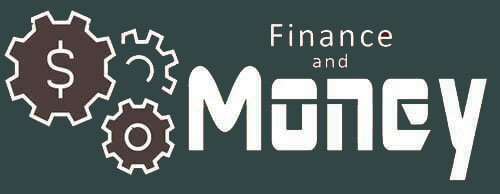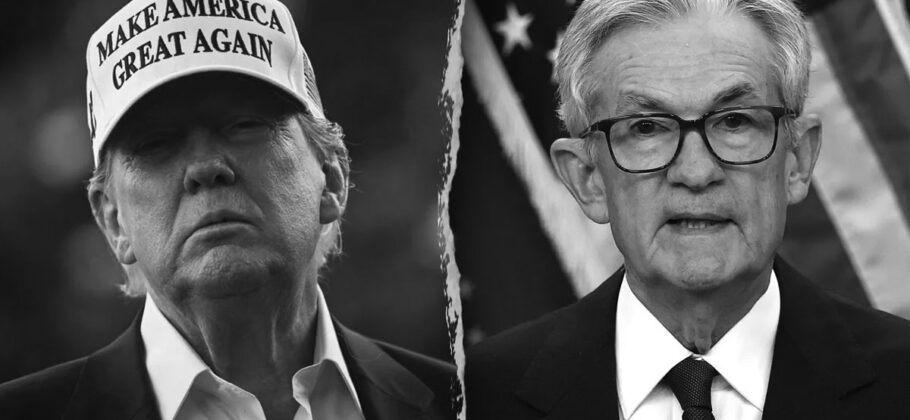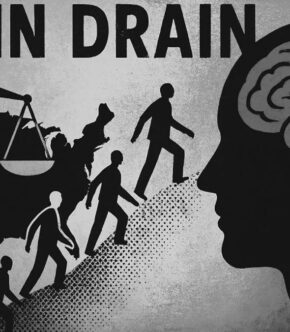President Donald Trump is turning up the heat on Federal Reserve Chairman Jerome Powell, accusing him of keeping interest rates too high and costing the U.S. economy hundreds of billions each year. In a series of fiery posts on his social media platform Truth Social, Trump called Powell “Too Late” and demanded his immediate resignation.
Trump’s Case: $360 Billion Per Point, Per Year
At the center of Trump’s criticism is a staggering claim: that each percentage point of interest rates is costing the U.S. $360 billion annually in refinancing costs. “Our Fed Rate is AT LEAST 3 Points too high,” Trump wrote. “Too Late is costing the U.S. 360 Billion Dollars a Point, PER YEAR, in refinancing costs.”
That adds up to more than $1 trillion a year if rates remain three points higher than Trump believes they should be. The implication is clear: lower rates could dramatically reduce the cost of servicing the national debt, and Trump sees Powell’s caution as an expensive mistake.
Why Trump Is Blaming Powell
Trump’s frustrations go beyond just monetary policy. During a recent Cabinet meeting, he blasted Powell’s decision-making, accusing him of acting politically before the 2020 election by cutting rates “like crazy” under Biden. “He’s always late. But he wasn’t late with Biden before the election,” Trump said. “He was trying to get them in, I guess.”
The former president also pointed to Powell’s alleged dishonesty over a $2.5 billion Fed headquarters renovation, which has already seen costs swell by 30%. “If he misled Congress, he should resign immediately,” Trump declared.
Trump’s Call for Powell’s Exit
In another Truth Social post, Trump didn’t mince words: “ANYBODY BUT ‘TOO LATE.’” He urged Powell to step down and said it was “OK with me” if Congress opens an investigation into the Fed chief.
Asked who might replace Powell, Trump’s Treasury Secretary Scott Bessent revealed that the administration already has a list of potential successors. “There are a lot of good, strong candidates,” Bessent said, adding that rate cuts could happen as early as September—or even sooner.
Powell, for his part, has pointed the finger back at Trump. He argues that the administration’s trade policies—particularly tariffs—are to blame for higher inflation forecasts, which forced the Fed to hold off on cutting rates. Speaking at a recent European Central Bank forum in Portugal, Powell said, “We went on hold when we saw the size of the tariffs. All inflation forecasts for the U.S. went up materially as a consequence.”
Trump’s aggressive push for lower rates comes at a time when the Federal Reserve has adopted a cautious “wait and see” stance. Critics of Powell argue that keeping rates elevated is choking economic growth and inflating government debt costs. Supporters, however, say that the Fed is right to prioritize inflation control and financial stability.
With Trump pressing for a three-point rate cut and calling for Powell’s ouster, the battle over interest rates is becoming increasingly political. If Trump gets his way, Powell could be out—and America’s monetary policy might take a sharp turn in a very different direction.
FAM Editor: Powell does not seem to get that inflation has multiple causes. One of those causes is the borrowing we do because of the national debt. This causes the money supply to inflate with the corresponding inflation hit. A lower Fed rate means lower inflation.
If we have inflation because the rates are too loose, at least we have the benefit of having a heated up economy.











